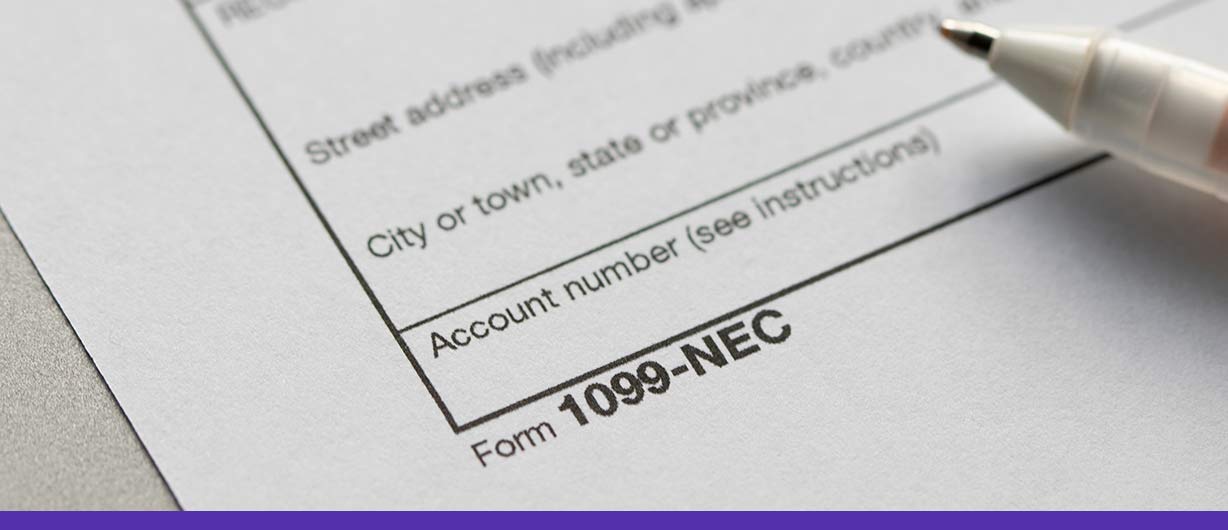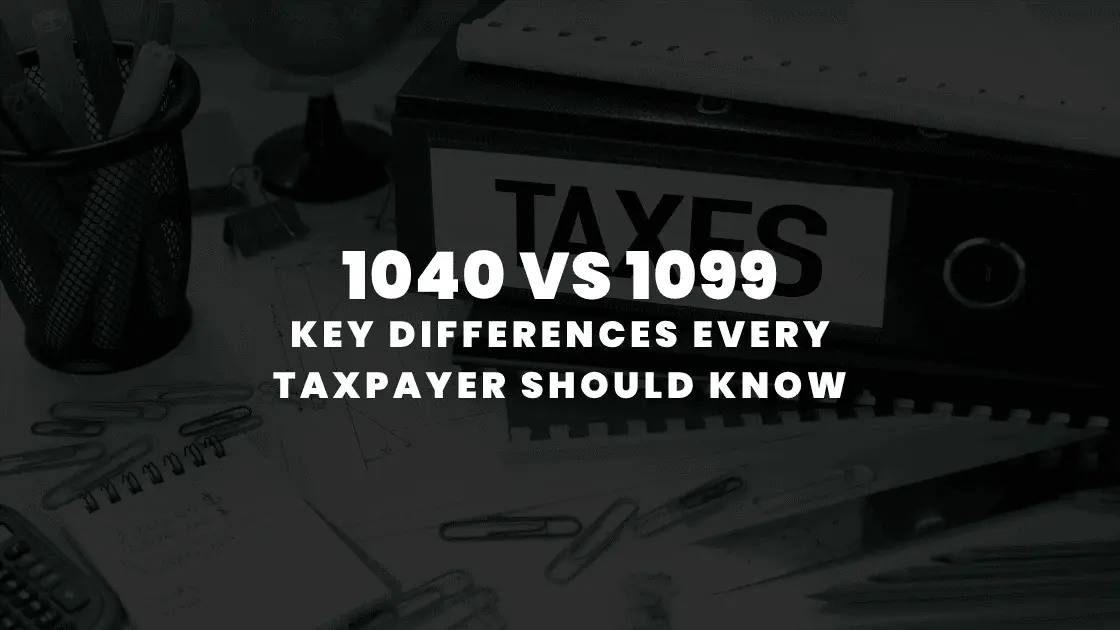July 19 2023 | By Farwah Jafri | 5 minutes Read

What is the purpose of 1099 NEC Form?
What is included in Form 1099?
1. Payer Information
2. Recipient Information
3. Nonemployee Compensation
How do you file Form 1099-NEC?
Step 1: Gather Information
1. Your information
2. Recipient’s information
3. Payment details
Step 2: Obtain the Form 1099-NEC
Step 3: Fill out the Form
1. Payer’s (your) information
2. Recipient’s information
3. Payment details
4. Date of payment
Step 4: Copy and Distribution
1. Copy A
2. Copy B
3. Copy C
Step 5: Filing Deadlines
Step 6: Additional Reporting
Step 7: State Reporting Requirements
Endnote
The 1099-NEC form is an information return to report payments made to non-employees or independent contractors. The acronym “NEC” stands for “Nonemployee Compensation.” Before the 2020 tax year, businesses used to report nonemployee compensation on Form 1099-MISC. However, starting in 2020, the Internal Revenue Service (IRS) reintroduced Form 1099-NEC to report nonemployee compensation specifically.
The 1099-NEC form is typically issued by businesses to individuals or businesses who provide services but are not classified as employees. In this blog, we will explore what Form 1099 is, and how one can file it.
The purpose of the 1099-NEC form is to provide the IRS with information about these payments so that the recipients can report the income on their tax returns. The business or payer is required to send a copy of the 1099-NEC form to both the recipient and the IRS.
Form 1099-NEC (Nonemployee Compensation) reports payments to non-employees or independent contractors. It is used by businesses and other entities to report income paid to individuals or businesses who provide services to them but are not classified as employees.
The form includes the following information:
This section includes the player’s name, address, and taxpayer identification number (TIN) (the business or entity making the payments).
This section includes the recipient’s name, address, and TIN (the individual or business receiving the payments).
This section reports the total non-employee compensation paid to the recipient during the tax year. Nonemployee compensation refers to payments for services performed by independent contractors or self-employed individuals.
It’s important to note that before tax year 2020, nonemployee compensation was reported on Form 1099-MISC. However, starting in the tax year 2020, the IRS reintroduced Form 1099-NEC specifically for reporting nonemployee compensation, while Form 1099-MISC is now used for other types of miscellaneous income.
To file a Form 1099-NEC follow these steps:
Collect all the necessary information to fill out the form. You will need the following details:
– Your name
– Your address
– Your Social Security Number (SSN) or Employer Identification Number (EIN)
– Recipient’s name
– Recipient’s address
– Recipient’s Social Security Number (SSN) or Employer Identification Number (EIN)
– Total amount paid to the recipient during the tax year
– The date when the payment was made
You can get Form 1099-NEC from the Internal Revenue Service (IRS) website (www.irs.gov) or a tax software provider.
Complete Form 1099-NEC using the information gathered in Step 1. Here’s how to fill out the form:
– Enter your name, address, SSN, or EIN in the appropriate boxes.
– Enter the recipient’s name, address, and SSN or EIN.
– Box 1: Nonemployee Compensation – Enter the total amount paid to the recipient in the tax year. It refers to payments made for services rendered as an independent contractor or freelancer.
– Box 4: Federal Income Tax Withheld – If you withheld any federal income tax from the payments made to the recipient, enter the amount in this box.
– Enter the date when the payment was made to the recipient.
Make copies of Form 1099-NEC for your records and distribution. Here’s what you should do:
– This is the red Copy A. It would help if you mailed it to the IRS. Ensure you use the correct address for filing, which may vary depending on your location. Check the IRS website or the instructions provided with the form for the correct address.
– Provide a copy to the recipient (the person or business you paid to) by January 31 of the following year. It is for their tax records.
– Retain a copy of your records. Keep it with your tax documentation.
The filing deadline for Form 1099-NEC varies based on the tax year. The knowledge cutoff was in September 2021; the deadline was January 31. Following the tax year, the payment was made. However, checking the most up-to-date information from the IRS for the specific year you’re filing for is important, as deadlines can change.
If you are required to file electronically and have more than 250 forms to submit, you must file them electronically. Otherwise, electronic filing is optional but encouraged.
In addition to federal reporting, you may also have to file a copy of Form 1099-NEC with your state tax agency. State reporting requirements vary, so consult your state’s tax agency or a tax professional to determine if state reporting is necessary and how to fulfill those requirements.
Please note that tax regulations can change, so it’s crucial to consult the IRS website or seek advice from a tax professional for the most up-to-date information and specific guidance based on your circumstances.
The 1099 NEC form is a crucial document that plays a significant role in the world of taxes. It reports non-employee compensation, such as freelance income, to the Internal Revenue Service (IRS). This form ensures that independent contractors and self-employed individuals accurately report their earnings and pay the appropriate taxes. Filing form 1099 NEC is not optional; it is a legal requirement. Failure to file or file incorrect information can result in penalties and legal consequences. Familiarizing yourself with the IRS guidelines and deadlines is crucial to ensure compliance. Contact Monily to get a better understanding of taxes and detailed IRS guidelines. Our experts will provide you will the best solutions for your business.
Also Read: A Guide To IRS Form 720
Subscribe for business tips, tax updates, financial fundamentals and more.
MORE BLOGS

Starting a business is exciting, right? There’s innovation, there’s growth potential, and the thrill of building something from scratch. But amid all the planning, entrepreneurs often […]
Learn More →
Starting a business is quite thrilling, until tax season arrives. For founders, understanding the nitty gritty of startup taxation can make a difference between financial efficiency […]
Learn More →
Tax season can be overwhelming, especially when you’re staring at multiple forms with numbers instead of names. Two of the most common, and often misunderstood, are […]
Learn More →